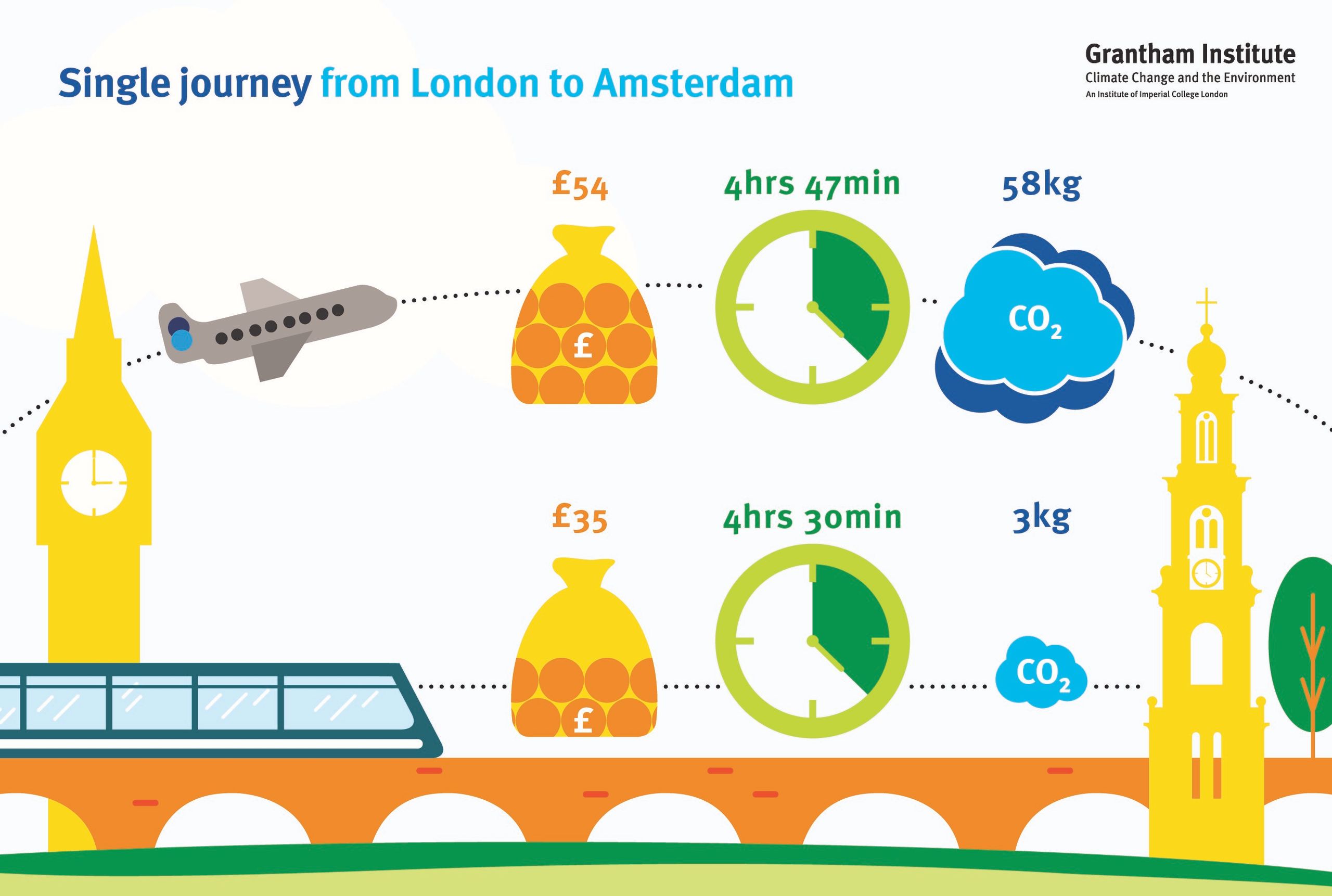9 things you can do about climate change
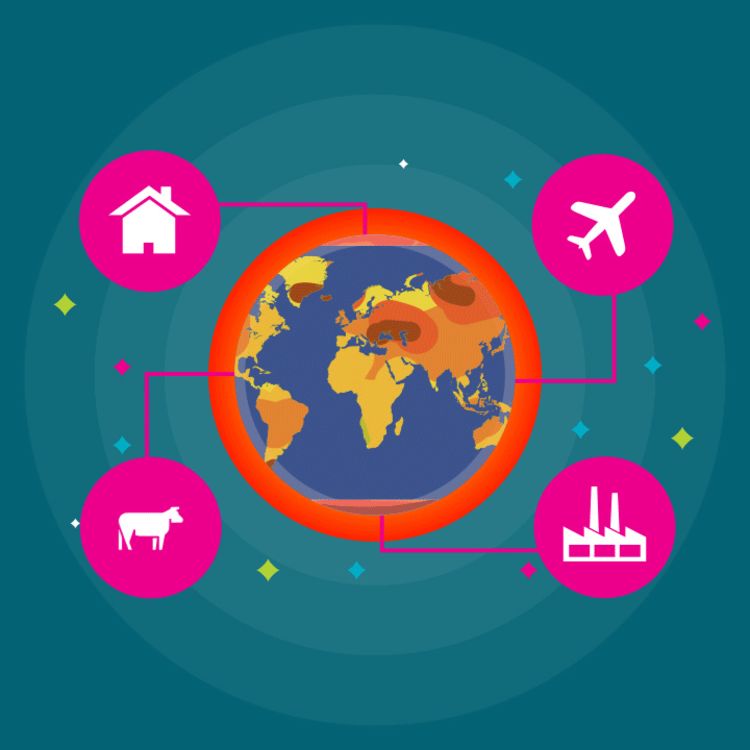
With so many experts on climate change here at Imperial, many people ask us what they personally can do about it? And how does this fit into the bigger picture?
We spoke to our scientists at the Grantham Institute and drew up a list of the most achievable ways you personally can make a difference. While individuals alone may not be able to make drastic emissions cuts that limit climate change to acceptable levels, personal action is essential to raise the importance of issues to policymakers and businesses.
Using your voice as a consumer, a customer, a member of the electorate and an active citizen, will lead to changes on a much grander scale.
"Use your voice, use your vote, use your choice"
1. Make your voice heard by those in power
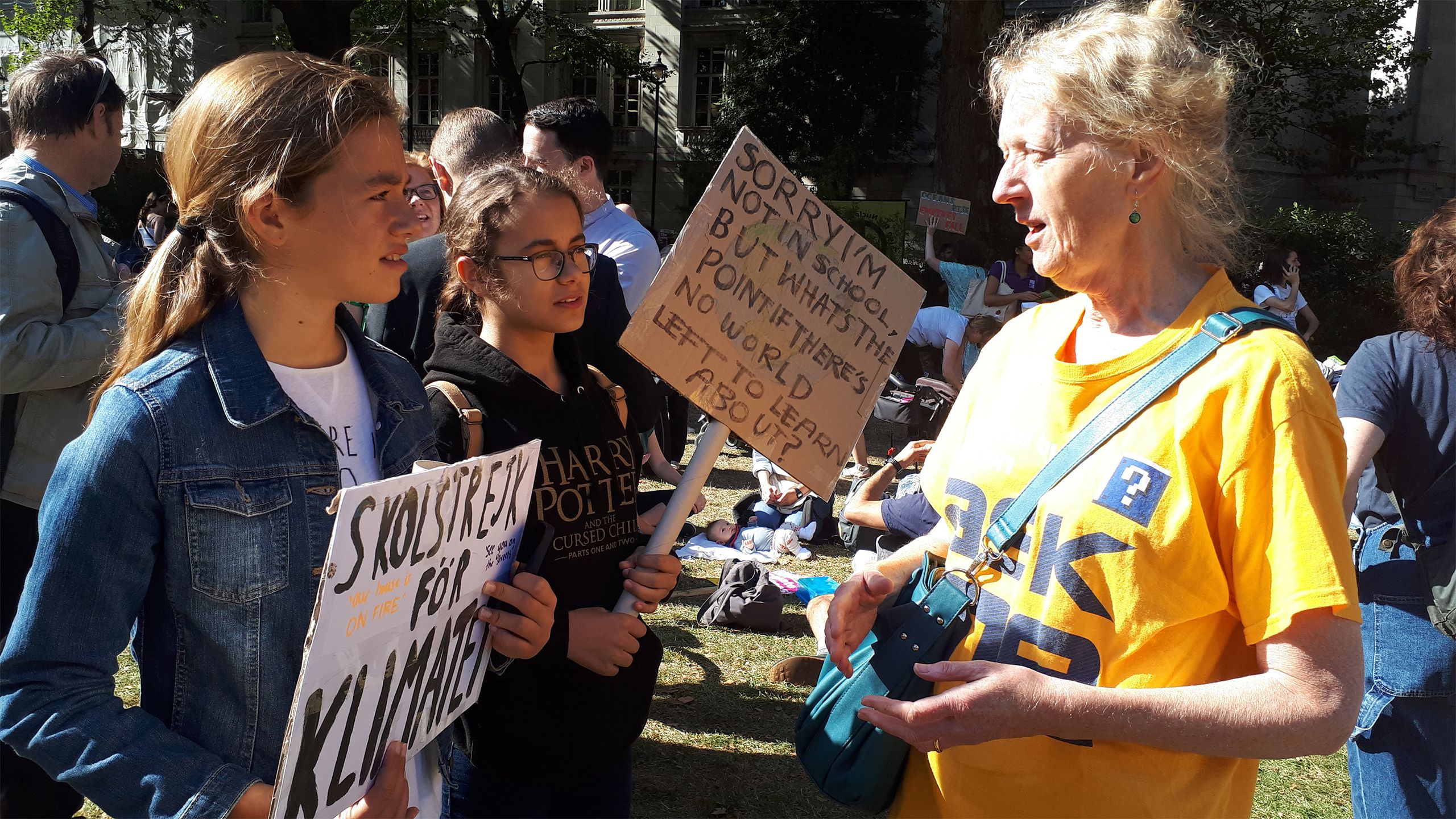
Tell your Member of Parliament, local councillors and city mayors that you think action on climate change is important.
A prosperous future for the United Kingdom depends on their decisions about the environment, green spaces, roads, cycling infrastructure, waste and recycling, air quality and energy efficient homes.
Ultimately, steps to reduce carbon emissions will have a positive impact on other local issues, like improving air quality and public health, creating jobs and reducing inequality.
What can I do?
Find out who your MP is, and the best way to contact them - you could even attend one of their surgeries in your constituency. You can also find out who your local councillors are and how to contact them.
Various organisations offer suggestions on how to write engaging letters or emails to a politician, drawing attention to an issue and then requesting support to reach particular solutions. Check out these templates by Hope for the Future and Moral Fibres.
This briefing paper and animation highlight the co-benefits of climate action, and why it is particularly relevant for decision-makers in cities and devolved regions. Share it with your local MP. And explore these fantastic projects, supported by Friends of the Earth, and see whether your local council could bring one to your local area.

There are many benefits to taking action on climate change, such as improved health, growth in the low-carbon jobs market, and reduced inequality.
There are many benefits to taking action on climate change, such as improved health, growth in the low-carbon jobs market, and reduced inequality.
Join a social movement or campaign that focuses on environmental activities or gets everyone talking about climate change action. There are a wealth of groups out there - such as the Youth Strike 4 Climate, Possible, the Woodland Trust, The Conservation Volunteers, or Extinction Rebellion, which has local groups and community groups - so pick one that resonates with you. Or try committing to Take the Jump – six pledges to protect the planet.
2. Eat less meat and dairy
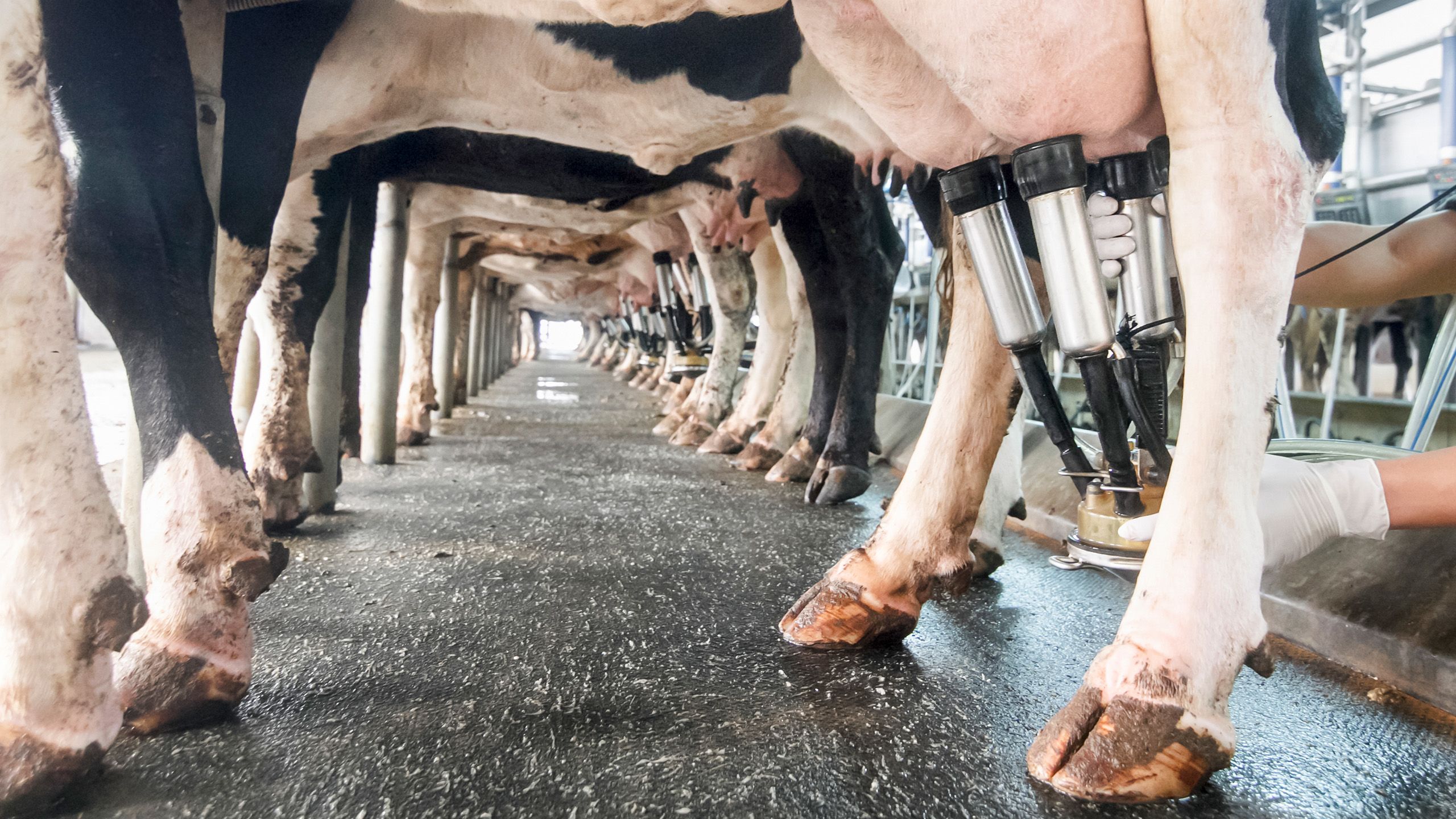
Avoiding meat and dairy products is one of the biggest ways to reduce your environmental impact on the planet. Studies suggest that a high-fibre, plant-based diet is also better for your health, and replacing meat with protein-rich pulses can also be cost-effective: so a triple win.
In fact, the National Food Strategy, commissioned by the Government in 2021, shows we need to reduce our meat intake by 30% by 2032 to meet health, climate and nature commitments.
Eat fewer or smaller portions of meat, especially beef and lamb, which has the largest environmental impact, and reduce dairy products or switch them for non-dairy alternatives . Check out this chart from Our World in Data, which compares the climate footprint of many meat, dairy and plant-based products.
Try to choose fresh, seasonal produce that is grown locally to help reduce the carbon emissions from transportation, preservation and prolonged refrigeration.
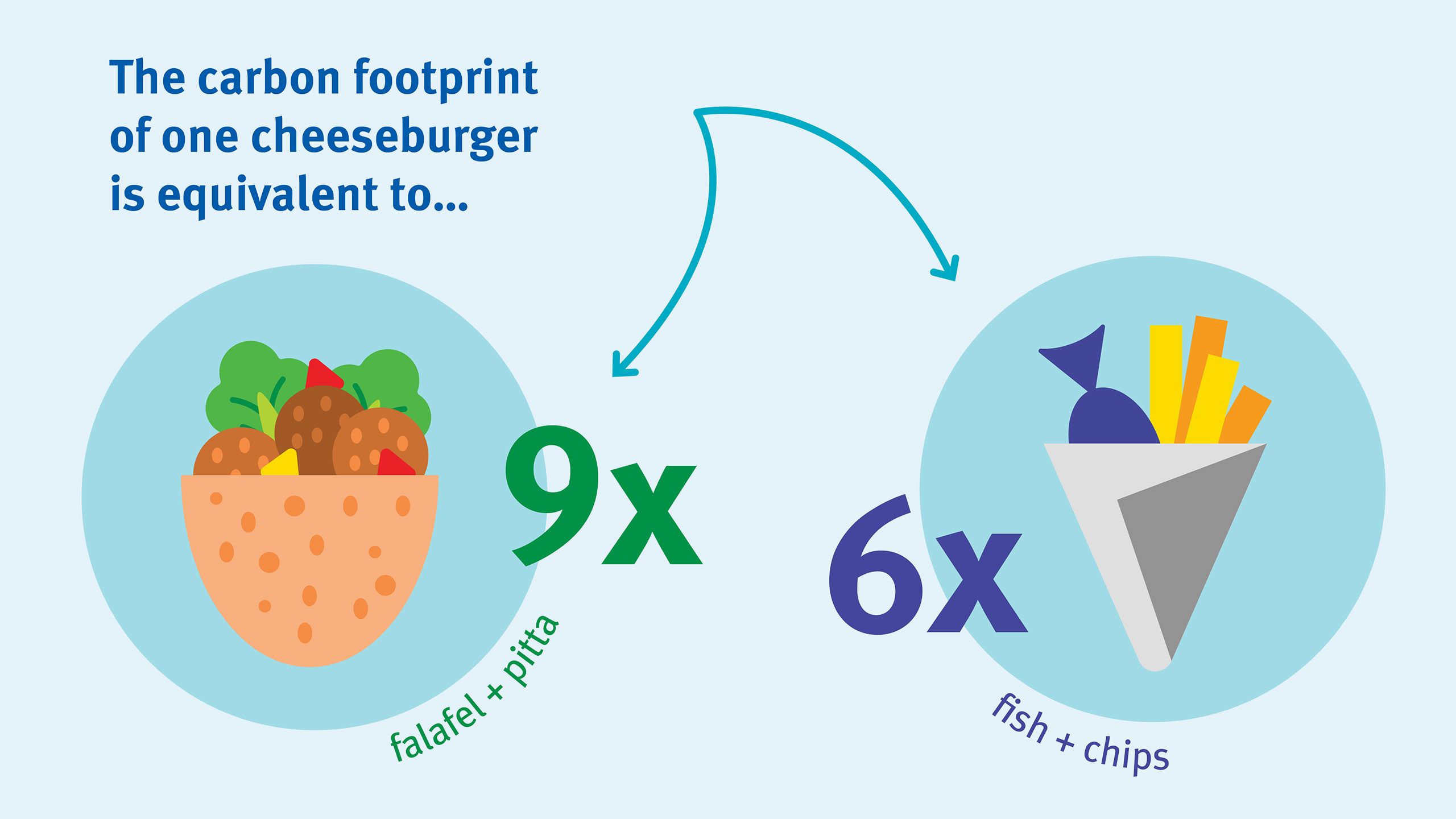
When eating out plan ahead and use apps like Happy Cow to find more plant-based options. You could even consider eating insects. They are a healthy, high protein and environmentally friendly food source, so why don't we eat them? Researchers at Imperial have been investigating how people in the Western world can be convinced to eat them.
Find out more
Check out our blog how to go plant-based with the family on board. You can also read about our Climate-Friendly Pop-Up Kitchen to learn more about food that’s good for you, good for the planet and good for your wallet, and try out some of our recipes.
For more details on how eating a more plant-based, seasonal diet can help tackle climate change, support the local economy and help us to live healthier lives, check out our blog: Saving the planet, one meal at a time.
3. Cut back on flying
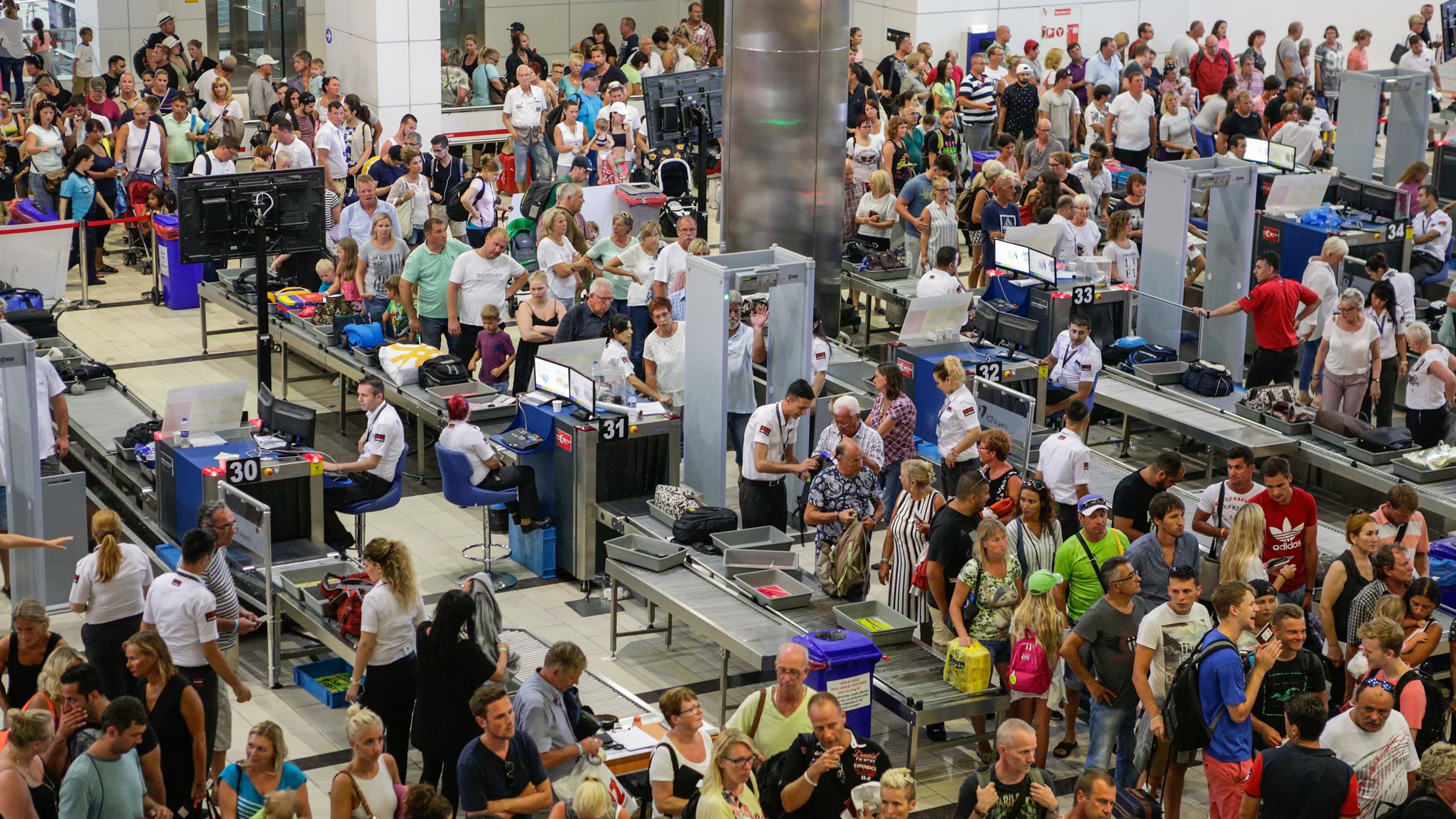
If you need to fly for work, consider using video-conferencing instead. For trips in the same country or continent, take the train or explore options using an electric car.
When flying is unavoidable, pay a little extra for carbon offsetting.
For leisure trips, choose nearby destinations, and fly economy – on average, a passenger in business class has a carbon footprint three times higher than someone in economy.
Find out more
Read more about why flying shouldn't necessarily be the default option for international travel, and how businesses can lead the way in reducing the demand for air travel.
How do the cost, time and carbon emissions of a single journey from London to Amsterdam by plane, compare to travelling by train? (Assumptions: the start and end location are the main train terminal in the centre of each city; travel costs are for the cheapest advance tickets bought in advance and include all connecting journeys; carbon emissions are calculated using UK government greenhouse gas emissions factors for short-haul flights, ferry and international rail travel.)
How do the cost, time and carbon emissions of a single journey from London to Amsterdam by plane, compare to travelling by train? (Assumptions: the start and end location are the main train terminal in the centre of each city; travel costs are for the cheapest advance tickets bought in advance and include all connecting journeys; carbon emissions are calculated using UK government greenhouse gas emissions factors for short-haul flights, ferry and international rail travel.)
Myclimate also compares the carbon emissions of your particular flight, with the maximum amount of carbon dioxide a person should produce per year in order to halt climate change, and the average amount an EU citizen produces each year. It makes for sobering reading.
Did you know?
Transport is the largest emitting sector of the UK economy, accounting for around 26% of UK greenhouse gas emissions in 2021.
4. Leave the car at home
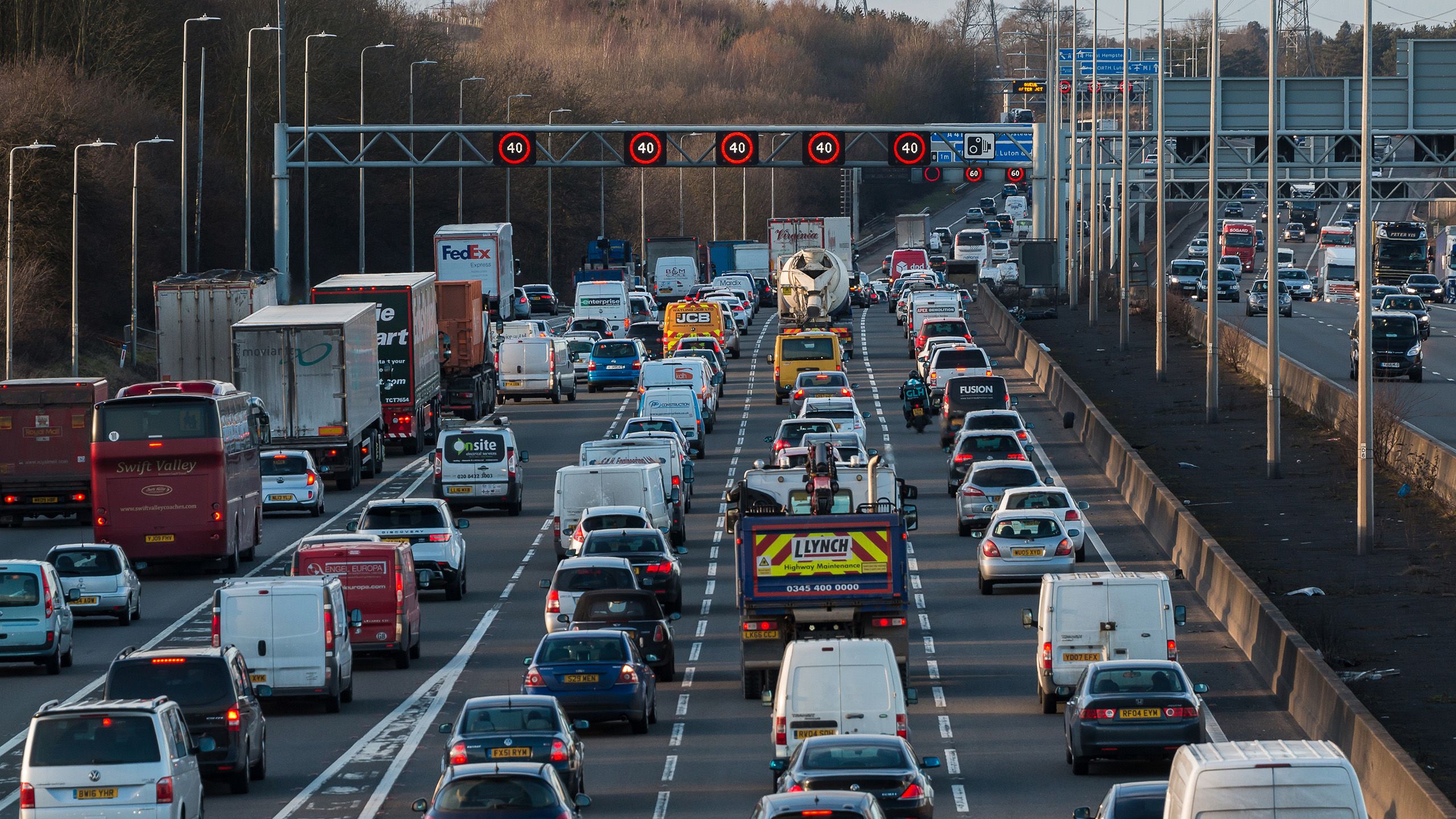
Instead of getting in the car, walk or cycle – and enjoy the physical and mental health benefits, and the money saved. Check out our top tips to get on your bike and enjoy cycling in the city. For longer journeys, use public transport, try car sharing schemes such as Bla Bla Car or Liftshare, or consider investing in an e-bike.
Not only do cars contribute to greenhouse gas emissions, but air pollution caused by exhaust fumes and tyre wear poses a serious threat to public health. It has been shown to affect the health of unborn babies and increase the risk of dementia.
Furthermore, Imperial research shows that poor air quality in the capital leads to around 1,000 London hospital admissions for asthma and serious lung conditions every year, and that air pollution in the United States is associated with 30,000 deaths and reduced life expectancy.
If driving is unavoidable…
Investigate trading in your diesel or petrol car for an electric vehicle - if you drive a lot, you could save substantially on fuel costs, especially with a time-of-use EV-tariff. Alternatively, if you only need one for a short time, there are some all-electric car hire companies, or you could use a car club, such as Zipcar, for short-term hire.
When behind the wheel, think about the way you drive:
Switch off the engine when you park up.
Make sure the tyres are fully pumped, and that the oxygen sensors are in good order – this can improve the cars fuel mileage and efficiency by up to 3% and 40% respectively.
Drive smoothly.
5. Reduce your energy use, and bills

Small changes to your behaviour at home will help you use less energy, cutting your carbon footprint and your energy bills:
Put on an extra layer and turn down the heating a degree or two to the recommended 18°C for healthy and suitably dressed people.
Turn down the flow temperature of your boiler (this is different to turning down the room thermostat and can save 9% on your gas bills).
Make simple changes to how you use hot water, like buying a water-efficient shower head, only filling the kettle with as much water as you need, and using the washing machine at 30° only when full.
Avoid polluting wood burners and learn about more energy efficient ways to cook – including putting a lid on pans, and using a slow cooker, air fryer or microwave as opposed to the oven or a barbecue.
Turn off lights and appliances when you don’t need them. Replace light bulbs with LEDs or other low-energy lights.
Go further
Make sure your home is energy efficient. Check the building has proper cavity wall or solid wall insulation. You can even have solid or suspended floor insulation. Also consider draught-proofing windows and doors. The Energy Saving Trust offers advice on grants and financial support for home energy improvements, plus plenty of tips on energy efficiency.
If you're living in the private-rented sector, check out this advice from the Energy Saving Trust and, if necessary, contact your landlord to ask them to make your property more energy efficient.
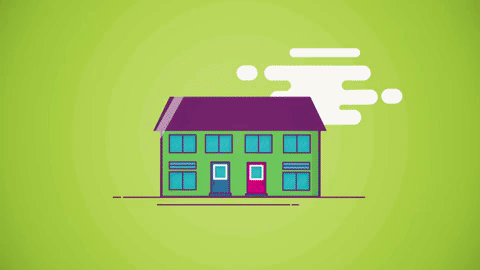
Double glazing, insulation and low-energy lights are all good ways to increase the energy efficiency of your home
Double glazing, insulation and low-energy lights are all good ways to increase the energy efficiency of your home
Switching energy supply to a green tariff is a great way to invest in renewable energy sources – and could save you money on bills too. You could also save money by using a Smart Meter, which will display your energy usage and offer smart tariffs that may lower bills for heating and electric vehicle charging.
6. Respect and protect green spaces

Green spaces, such as parks and gardens, are important. They absorb carbon dioxide and are associated with lower levels of air pollution.
They help to regulate temperature by cooling overheated urban areas, can reduce flood risk by absorbing surface rainwater and can provide important habitats for a wide variety of insects, animals, birds and amphibians.
They also provide multiple benefits to public health, with studies linking green space to reduced levels of stress.
What can I do?
Create your own green space. Add pot plants to your window sill or balcony, and if you have your own outdoor space, don't replace the grass with paving or artificial turf.
Help to protect and conserve green spaces like local parks, ponds or community gardens. Organisations like Fields In Trust and the National Federation of Parks and Green Spaces have advice and resources on how you can get involved in areas local to you.
Plant trees. The Woodland Trust aim to help people plant millions of trees each year. Whether you want to plant a single tree in your garden, or a whole wood, they have tools and resources to help.
Check out TCV. If you don't have direct access to open spaces, this community volunteering charity brings people together to connect to nature, and create healthier and happier communities.
Find out more
Read about the benefits of integrating nature into urban spaces in our expert briefing: Integrating green and blue spaces into our cities: Making it happen
7. Bank and invest your money responsibly

Contact your bank, building society or pension provider to find out where they are investing your money, and ask if you can opt out of funds investing in fossil fuels.
Make My Money Matter campaign for banks and pension funds to be invested sustainably. There are also a number of ‘ethical banks’ you can consider for various accounts, including current and savings accounts.
Check out the The Switch Campaign for more information about changing banking habits.
Find out more
Banks, pensions funds and big corporates often hold investments in fossil fuel companies. However, the discussion around responsible investment – weighing up environmental, social and governance (ESG) factors and taking them into consideration when investing money – is growing.
8. Cut consumption and waste
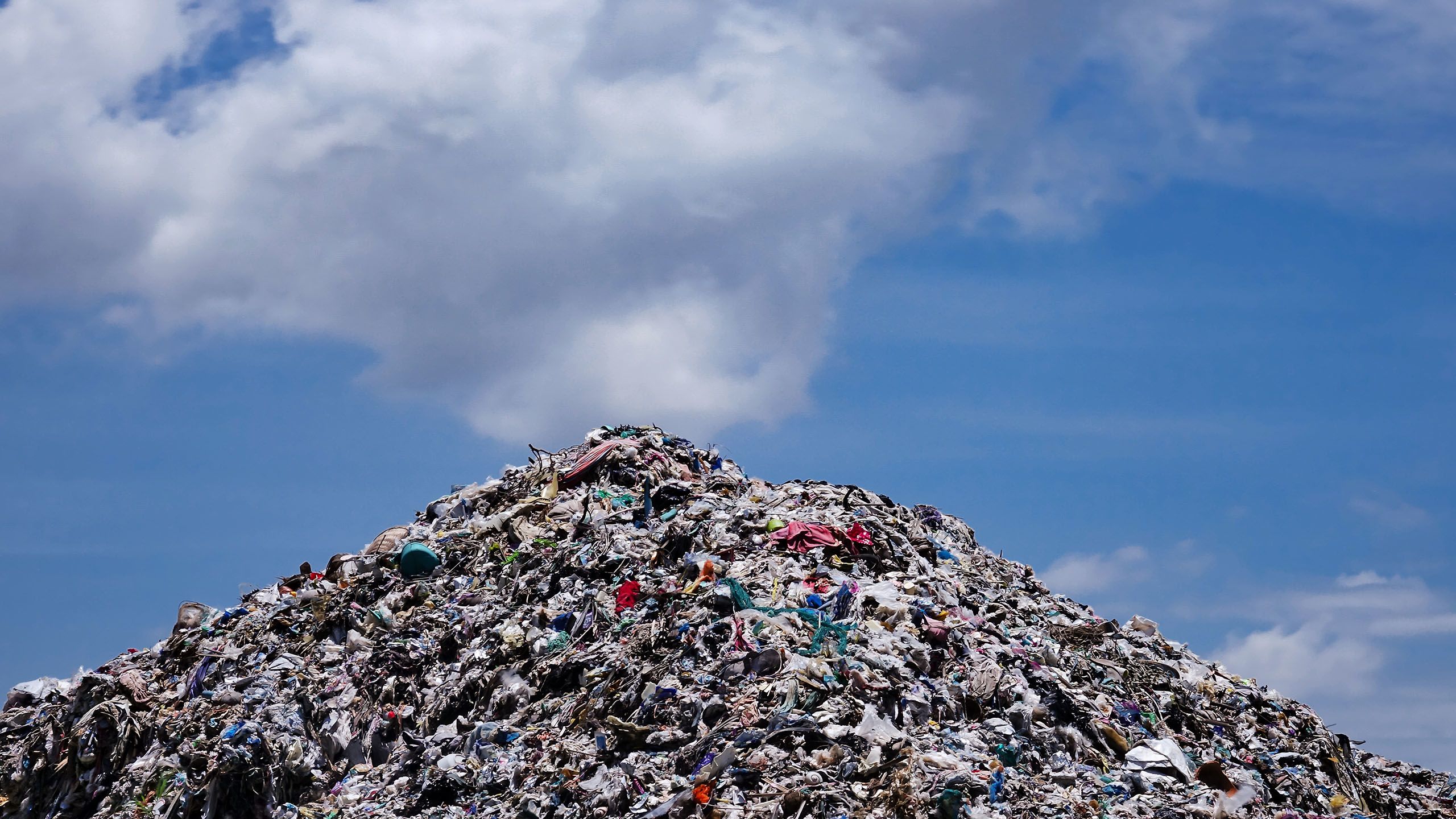
Everything we use as consumers has an environmental footprint.
Be mindful of your consumption: try not to buy more than you need, and embrace the value of your current belongings.
Extend your product’s lifespan
Repair, reuse, upcycle and customise your items instead of discarding them. Buy second-hand from from thrift stores and charity shops, or buy quality items that last longer.
Make informed purchases by choosing brands that align with your eco-friendly values. Demand transparency from retailers and beware of greenwashing. Trace your product’s journey by reading labels to learn about human and material resources used.
Try to minimise waste
Avoid single-use items. Let brands know if you think they are using too much packaging – some will take customer feedback seriously. Ask for your purchases to be presented in recycled or minimal packaging
Minimise food waste by planning meals and properly storing leftovers, and consider composting organic waste.
Sort your waste into the right categories so it can be recycled properly. If you do not have appropriate bins, reach out to your council and advocate for improved waste management.

Photo by Ishan @seefromthesky on Unsplash
Photo by Ishan @seefromthesky on Unsplash
9. Talk about the changes you make
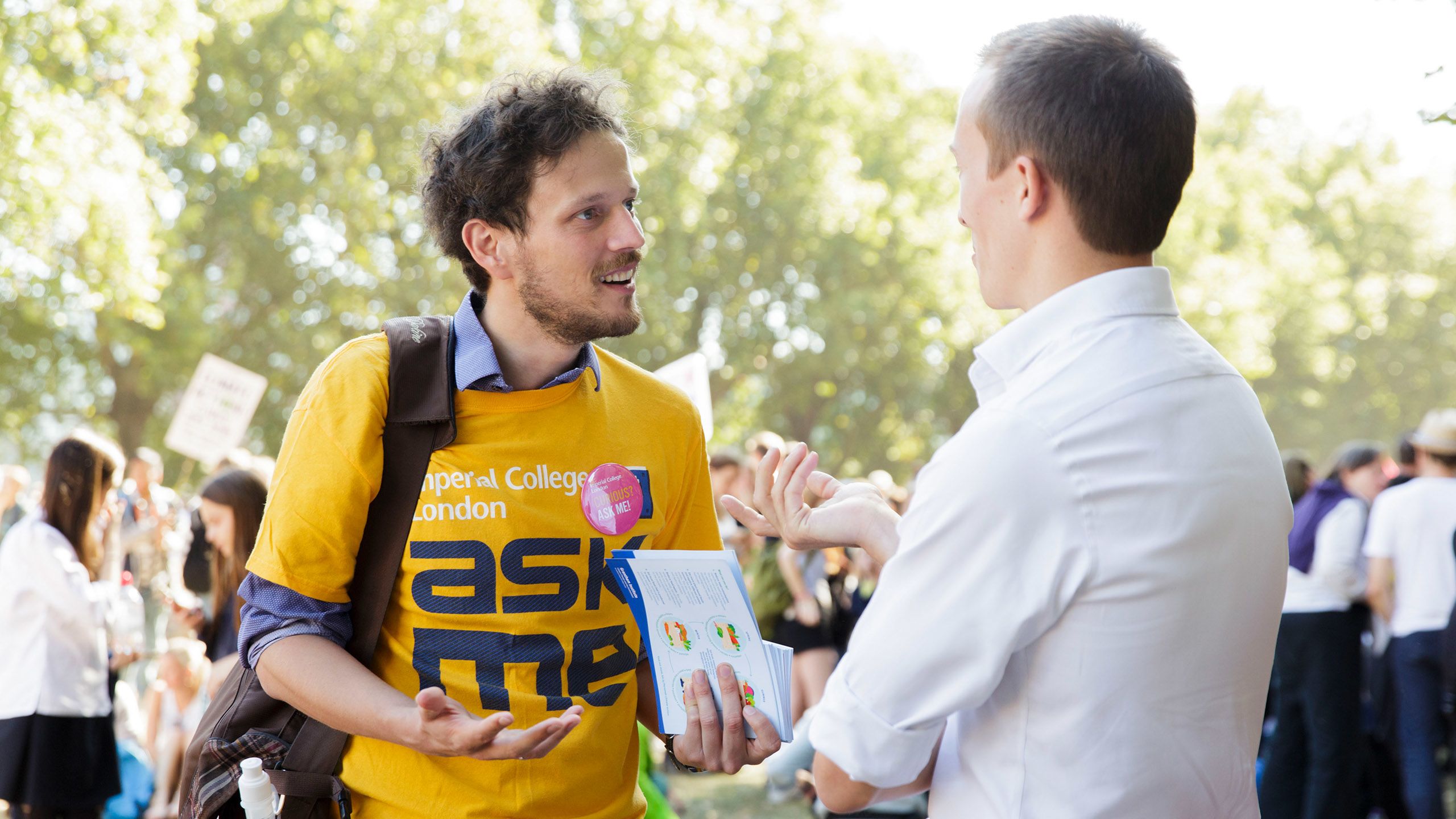
Conversations are a great way to spread big ideas.
Seeing others take action helps move the dial on what is seen as 'normal'. And people make more confident choices when they can learn from others' experience. As you make these positive changes to reduce your environmental impact, share your experience with your family, friends, customers and clients. Talk positively, and be honest about the ups and downs.
Thinking about the climate crisis can bring up intense, overwhelming feelings, such as worry, sadness, guilt and anger. These can be hard to cope with, leading to both mental health impacts and feelings of paralysis that prevent effect action to address the crisis.
There is growing evidence that climate change can have direct and indirect effects on mental health. Imperial researchers at the Institute of Global Health Innovation and the Grantham Institute are committed better understanding the problem and developing appropriate responses.
If you are struggling with eco-anxiety, Climate Cares can help you find meaningful ways to channel your concerns into action. Check out their guided journal, or consider joining or hosting a Force of Nature climate café.
Find out more
For some tips on successful climate-based conversations, check out Climate Outreach’s talking climate handbook.
Finally, for more ideas on how you can take meaningful climate action, explore the Grantham Institute’s action hub.
Found this useful? Or have we missed something?
Take our online survey to share your suggestions.

For more on how we can achieve a cleaner, greener, fairer future, visit the Grantham Institute homepage.
This guide was produced by the Grantham Institute – Climate Change and the Environment, an institute of Imperial College London.
Download a designed, pocket-sized leaflet in PDF.
To order printed versions of the leaflet, or for more information, contact: grantham@imperial.ac.uk.
** Please note, this article was updated on 24 May 2023**

